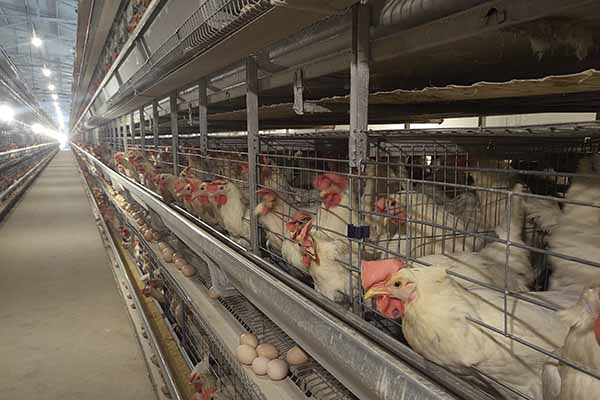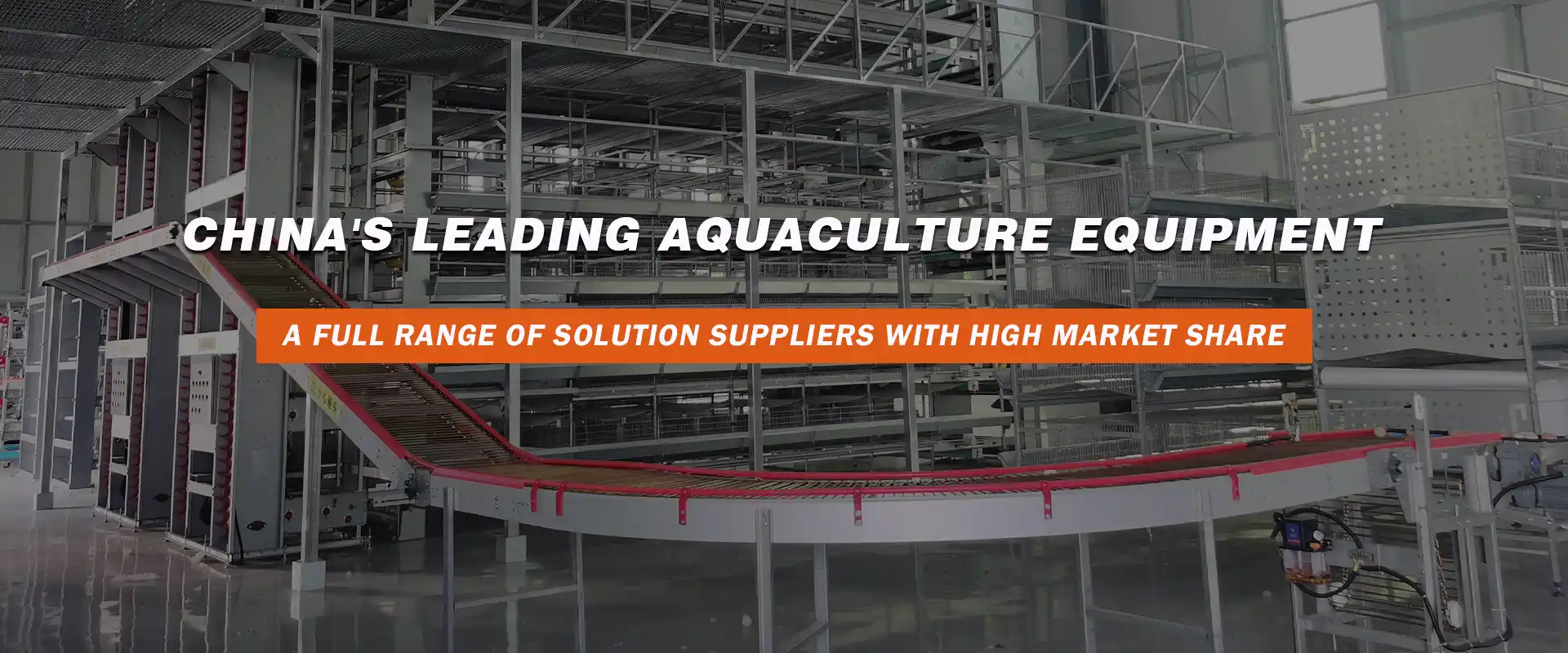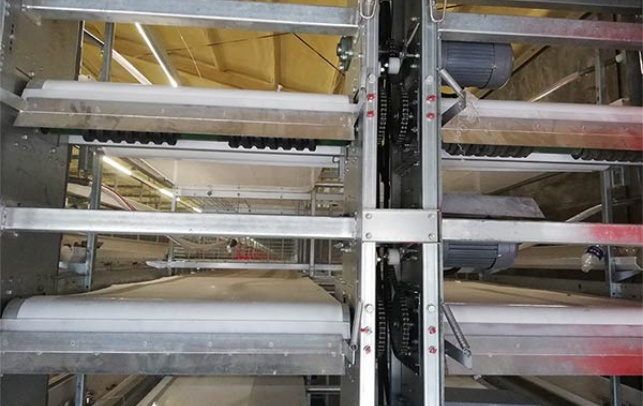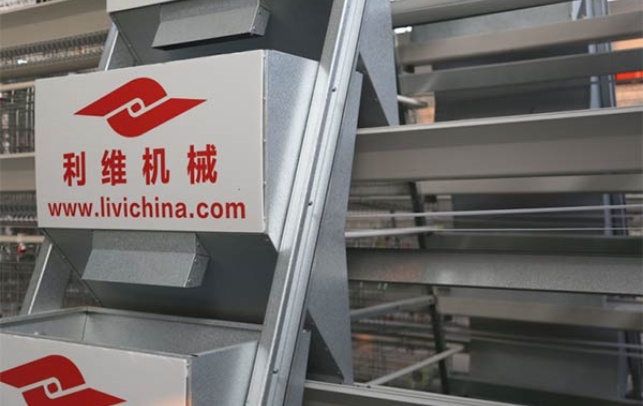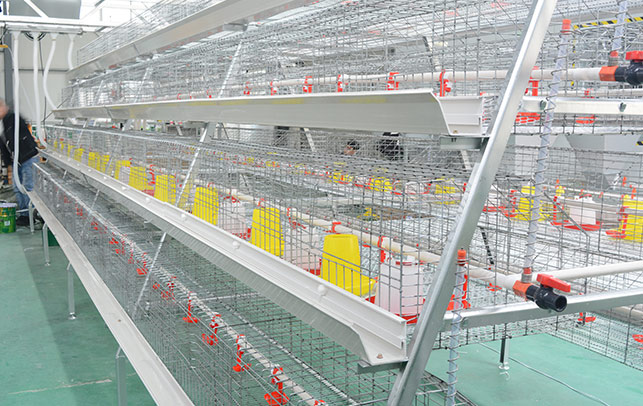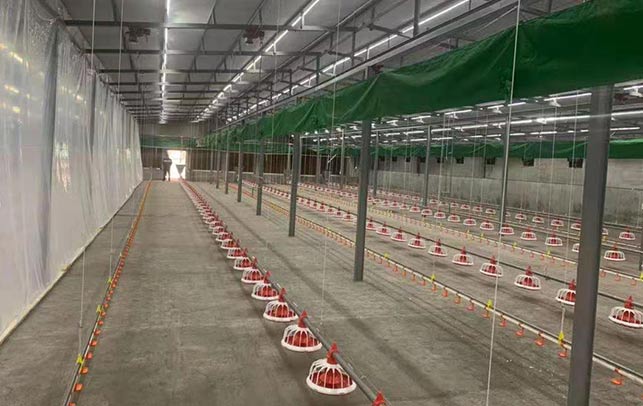Understanding the Layer Cage System Cost for Factory Farms: Insights from Livi Machinery, a Leading Chinese Poultry Equipment Manufacturer
Time : 2025-07-25
As a leading Chinese poultry equipment manufacturer, Livi Machinery is committed to providing innovative and cost-effective solutions for factory farms worldwide. In this article, we’ll delve into the topic of layer cage system cost and explore how factories can optimize their investment in poultry farming equipment. So, let’s unravel the complexities of the layer cage system cost and understand how Livi Machinery can help.
The Importance of Layer Cage Systems in Factory Farms
Layer cage systems are a crucial component in modern factory farms. These systems provide a controlled environment for hens to lay eggs, ensuring high productivity and hygiene. By automating the feeding, watering, and egg collection processes, layer cage systems enhance efficiency and reduce labor costs.
Factors Influencing Layer Cage System Cost
The cost of a layer cage system can vary significantly depending on several factors:
1. Size and Capacity
The size of the farm and the number of hens it needs to accommodate are primary determinants of the cage system’s cost. Larger systems, capable of housing more hens, naturally come with a higher price tag.
2. Material Quality
The quality of the materials used in the construction of the cage system can affect its durability and lifespan. High-quality materials like stainless steel or aluminum ensure a longer service life but may increase the overall cost.
3. Design Complexity
Complex designs, such as systems with automated feeding and egg collection, often require more sophisticated technology and can be more expensive than simpler, manual systems.
4. Additional Features
Optional features like environmental control systems, automated cleaning mechanisms, and safety features can enhance the efficiency of the layer cage system but also add to the cost.
Cost-Benefit Analysis of Layer Cage Systems
While the initial cost of a layer cage system can be substantial, the long-term benefits often outweigh the expenses. Here’s a breakdown of the cost-benefit analysis:
1. Increased Productivity
Layer cage systems optimize the living conditions for hens, leading to increased egg production. This higher yield can offset the initial investment in a shorter period.
2. Reduced Labor Costs
Automated systems minimize the need for manual labor, which can significantly reduce labor costs in the long run.
3. Improved Hygiene
Cleaner environments for hens reduce the risk of disease outbreaks, leading to fewer veterinary expenses and increased egg quality.
4. Enhanced Safety
Modern layer cage systems incorporate safety features that protect both the hens and the workers.
Choosing the Right Layer Cage System for Your Factory Farm
Selecting the right layer cage system for your factory farm is a critical decision. Here are some tips to help you make an informed choice:
1. Assess Your Farm’s Needs
Consider the size of your farm, the number of hens, and your budget. This assessment will help you determine the appropriate system size and features.
2. Research Different Manufacturers
Explore various manufacturers to find one that offers the best quality, price, and customer service. Livi Machinery, for instance, is known for its reliable and cost-effective poultry equipment.
3. Compare Costs and Benefits
Make a comprehensive cost-benefit analysis, taking into account both the initial investment and the long-term savings.
4. Consult with Experts
Seek advice from poultry farming experts or your equipment supplier to ensure you’re choosing the right system for your specific needs.
Case Study: Livi Machinery’s Layer Cage System
At Livi Machinery, we offer a wide range of layer cage systems tailored to meet the needs of factory farms. Here’s a case study that highlights the benefits of our systems:
The Challenge:
A large-scale factory farm in China was struggling with inefficient egg production and high labor costs.
The Solution:
Livi Machinery provided a custom-designed layer cage system with automated feeding and egg collection. The system also included an environmental control unit to maintain optimal conditions for the hens.
The Results:
The farm experienced a significant increase in egg production, reduced labor costs, and improved hygiene. The investment in the layer cage system was quickly recouped through increased revenue.
Conclusion
Investing in a layer cage system for your factory farm can be a substantial decision. However, by considering the factors influencing the cost, conducting a thorough cost-benefit analysis, and choosing a reliable manufacturer like Livi Machinery, you can ensure a sound investment that will yield significant returns over time.
